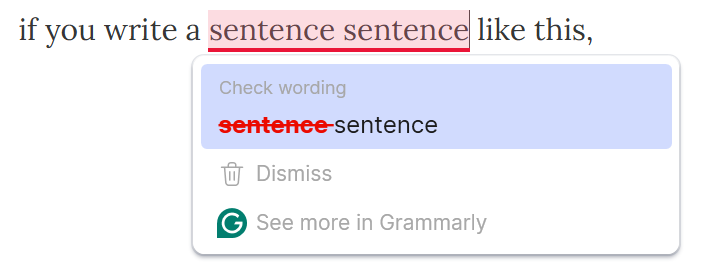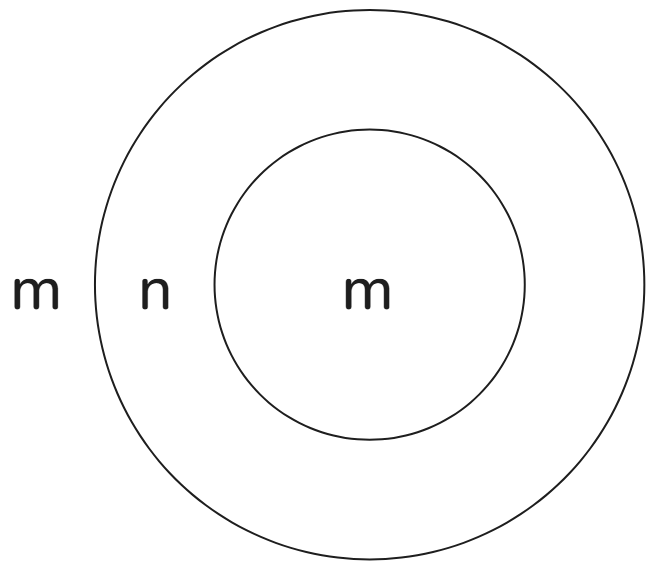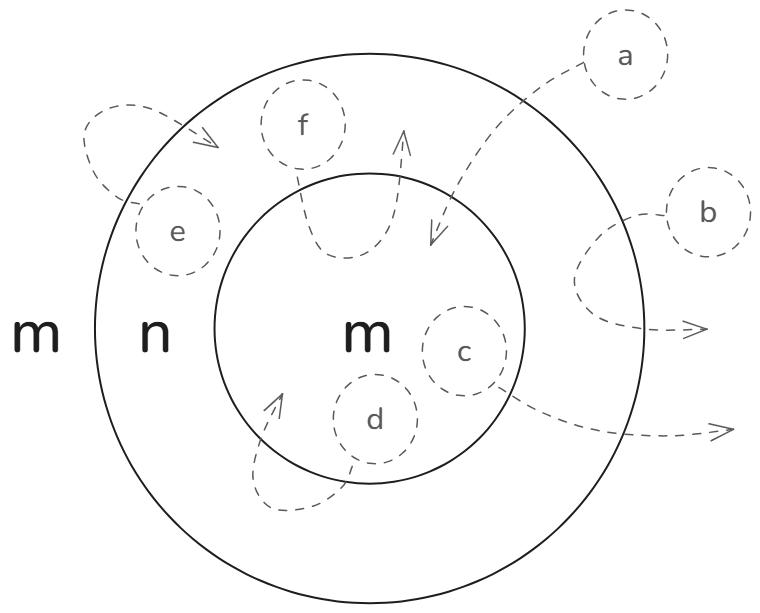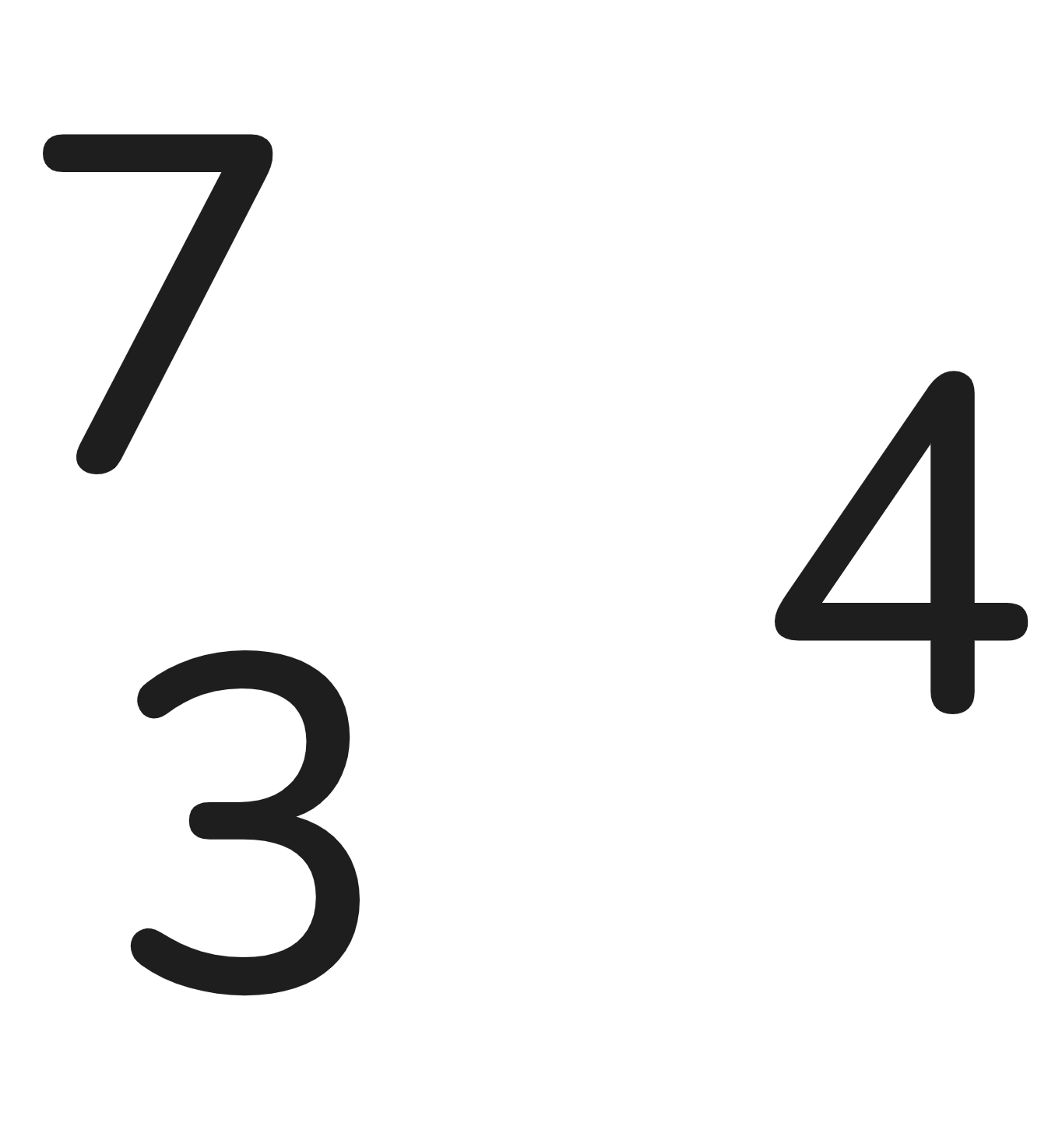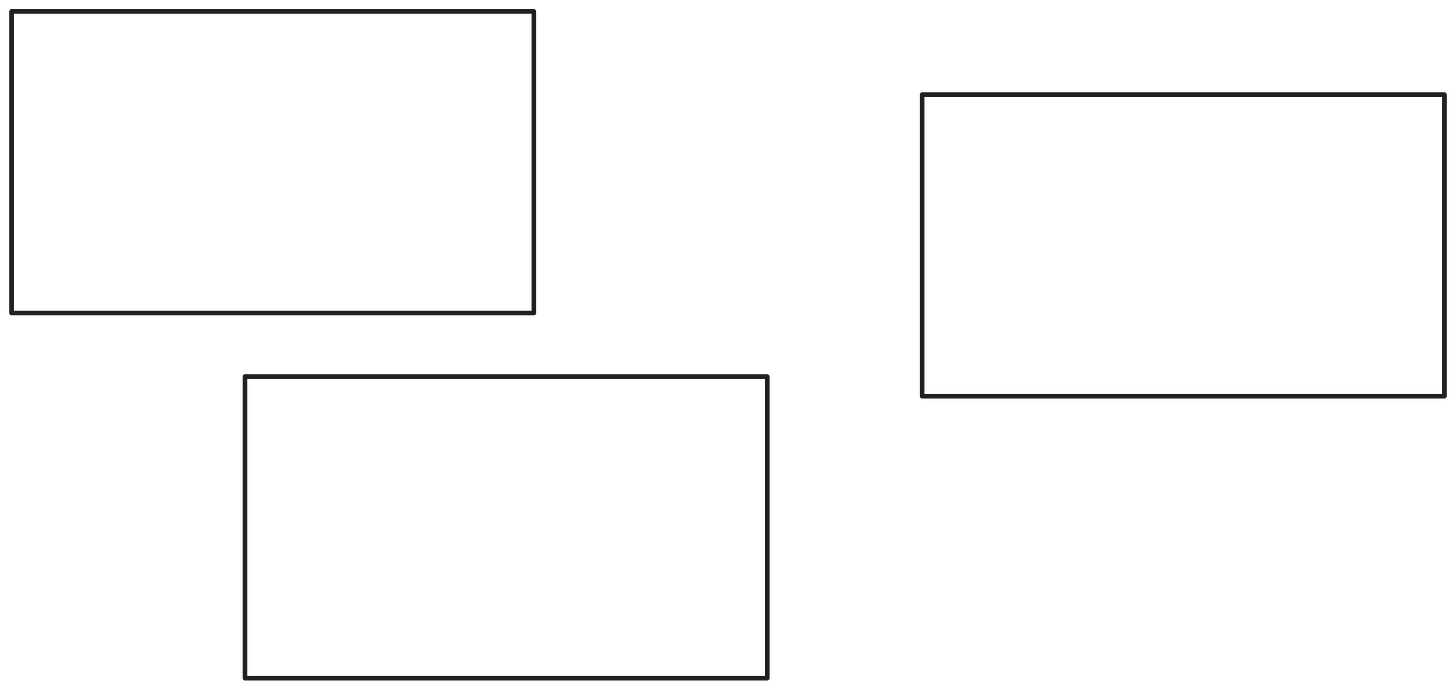Perfect Continence
Recalling the Calculus of Indications
We learn about numbers in school. Nobody tells us what numbers are, except that they represent quantity or position. Instead, we are asked to memorize symbols and combinations of symbols for each number.
There are some strange symbols like zero. We are told it stands for nothing. That's hard to believe. It doesn't look like nothing. It looks like something, and it does things. When put after a different number, a zero magically makes it 10 times bigger. In fact, we can only know what 10 stands for if we memorize that trick.
Then we learn to perform operations with numbers. That, they tell us, is called “arithmetic.”
Later, when a number is not known, that is “algebra.”
We get this layer of magic “for free,” and then all mathematics and science are built on top of it. What it stands on is never questioned.
Almost never.
George Spencer-Brown questioned it in 1969 in his book Laws of Form (LoF). He started earlier, with no assumptions, and went further, in the forbidden territory of self-reference.
He started from nothing. If there is anything different from nothing, that difference can be made by somebody able to make a distinction. Once a distinction is made and indicated, nothing more is required. Distinction is the only constant. Relations of constants are all it takes to make an arithmetic but here it’s even simpler because the constant is also the only relation.
And that relation is containment.
This is the second post in the containment series. You may want to check the previous first, but you don't have to. You can start wherever you want.
Once somebody makes a distinction, that is also the only unique operation. All the rest is repeating: re-calling, re-crossing, re-entering.
The first distinction creates space and invites crossing. The space is a primitive one, without any distance. You can go only from one state to another.
If we indicate a distinction and look at it as both the only constant and the only operation, that's all it takes to have an arithmetic. No numbers, memorization of symbols, magic tricks and taking so many arbitrary things as given.
And, just think about it. Is there a more basic cognitive operation than making a distinction?
Distinction is perfect continence
In the Western tradition, we have the idea of true and false values to judge a proposition. It takes for granted what a proposition is, that it can be understood, evaluated, that there are only two possibilities, true and false, and that they can be distinguished. That's from Aristotle on and didn't change much to this day.
When George Boole created an algebra on this basis, he did not consider the possibility of more than two values, nor what it means for something to have value, before asking what those values might be. To ask what it means for something to have value would already require asking: value for whom? That was not a common question in his time (and it is still rarely asked today). In any case, he created a beautiful, non-numeric algebra. This algebra, however, contained no arithmetic.
George Spencer-Brown attempted to supply the missing arithmetic. He did so without assumptions, grounding it in the most primitive cognitive act: making a distinction. A distinction can only be made by someone, and if what is distinguished is of value, it can be indicated. Out of this, the arithmetic of Laws of Form (LoF) was born. From there, it generated its own algebra. The algebra of Boole, and others, appear only as special cases derivable from it.
The only things that LoF accepts as given are the ideas of distinction and indication. Then, to introduce the laws of form, it needs just one definition:
Distinction is perfect continence.
Making a distinction means drawing a boundary. Like making a circle on a plane, that boundary clearly separates two distinct spaces. In the case of a circle (or a rectangle), we call them inside and outside. One of the meanings of “perfect continence” is that there is no ambiguity when it comes to indication. There cannot be a point on the boundary. It will always be either inside or outside.
The original notation for distinction is what Spencer-Brows calls a mark or a cross, and it looks like that:
In many places, even in the Wikipedia article, it is called a symbol. It's not. Symbols don't illustrate their meaning. The mark does. You can see it as a half-box:
It shows inside and outside, the boundary, and — now with some knowledge about its intent — an invitation to cross that boundary. This is an important and not-so-obvious difference. I’ll be coming back to it a couple of times in what follows.
The distinction is both an operator and an operand, and the only relation in the mathematics of forms: containment.
The distinction is an operator by inviting to cross from one state to the other, and is an operand by being an indication of a state. This action/value duality has important mathematical and philosophical implications.
Distinction is the act of creating something from nothing. From void.
Void is often imagined as empty space. But that is already something: space. If there is space, that's not nothing. Space is what the first distinction creates. Not a space with the notion of distance; more primitive than that. A space where the only “distance” that can be traveled is from a marked space to an unmarked space and back.
Re-calling (condensation)
Axioms are premises that are given. They are not questioned. They cannot be experienced or demonstrated.
The axioms of the calculus of indications, in contrast, are open to examination. These axioms are the two laws of form that give the book its name.
The first axiom is the law of calling.
The value of a call made again is the value of the call.
In other words, to recall is to call.
In the original notation, the expression of that axiom looks like this:1
This is the form of condensation.
Our keyboards don't have this sign. Even if they did, nesting would be challenging. An alternative way to write such expression is by using parentheses (or any other brackets). The law of calling, then, would look like this:
This is convenient but comes at the cost of imposing sequence. That’s a limitation. William Bricken explains:
Symbolic notation imposes sequence, suppressing the inherent parallelism of containment structures. Given sufficient processors we can access any number of containers all at the same time, but we cannot read a page of words all at the same time.2
Back to the axiom: to recall is to call. Two (or more marks) next to one another (not nested) condense into one.
How can you imagine the logic of that?
One simple way to see it, is to switch on your writing assistant like Grammarly, QuillBot, Scribendi or whatever you are using. Then,
The two calls “sentence” have the same value, so you are invited to condense them into one.
That is not the case with “he said that that book was the best,” because each that makes a different indication. The first one indicates the statement and the second indicates the book the statement is about. Or “this is the second post in the series; check out the first first,” where the first first indicates the order of writing and the second first, the order of reading.
Another way to imagine it is highlighting. If you highlight some text and if you then highlight it again, you'll have the same number of highlights, one.
This axiom is also the first initial of the primary arithmetic. Since it can be used in both directions, it can be written like this:
Going from left to right is to condense, and from right to left is to confirm.
The sign ⇀ represents a step and means “is changed to.”
Re-crossing (cancellation)
The second axiom is the law of crossing. It states the following
The value of a crossing made again is not the value of the crossing.
In other words, to re-cross is not to cross.
In the original notation, it looks like this:
This is the form of cancellation. Two tested crosses are equal to none.
Using parentheses, it can be written like this:
The expression is not unfinished. Simply the right side equals to nothing and that is why there is nothing written on the right side.
One way to imagine it is by being outside of a plot, entirely surrounded by a fence. Only two states are of value: you being inside or outside. If you jump over the fence, your state is changed. You are inside. That's the first crossing. If you cross the fence again, no matter where, you'll get outside. You were outside before the crossing and after making two crossings. So, making two crossings, when it comes to distinguishing only being outside versus being inside, is the same as having made no crossing.
Here's another way to see this. Let's have one circle drawn inside another.
Let's indicate the outside of the outer circle with m for “marked.”
If we cross it, we'll go to the unmarked space. Let's indicate that with n. And if we then cross the inner circle, that will be again a change of state and the inner area will be marked.
There are four possible trajectories for making two crossings starting for a marked space, indicated with a, b, c, and d. Trajectory a is for going from outside the outer circle and crossing the inner. Trajectory b is when the second crossing is of the same outer circle.
Then from the inner marked space, c, is for crossing the two circles from the inside of the smaller one, and d is for crossing once and a second time back.
For a point in the unmarked state, there are two possibilities: crossing outside and back (e), and crossing inside and back (f).
In all six cases, double crossing is the same as no crossing; the initial state is unchanged.
The second axiom is also the second initial of the primary arithmetic. Since it can be used in both directions, it can be expressed like this:
Going from left to right is to cancel, and going from right to left is to compensate.
With these two axioms, every arrangement has a unique simplification, which is either the marked or unmarked state. A form like this, for example
can be simplified. The order of simplification doesn’t matter. Each time, either the law of calling or the law of crossing is applied until it reaches either the marked state or the unmarked state, where it can’t be simplified any further.
The form above resolves into the unmarked state.
Knowing now the two axioms, it will be easier to show the benefits of using notation that (1) illustrates its meaning, and (2) doesn’t impose sequence.
Consider the following arrangement of three numeric constants:
It is meaningless as a whole. You need a different arrangement and additional symbols to calculate it. In contrast, this arrangement
is unambiguous. By the law of calling, the three rectangles can be condensed into one and evaluated as the marked state. Then it may generate endless equivalent forms, for example, this one:
Primary Algebra
In Chapter 3, we are told to:
Call calculation a procedure by which, as a consequence of
steps, a form is changed for another, and call a system of
constructions and conventions which allows calculation a
calculus.
That may be taken as two definitions, of calculation and calculus. Being given in the form of instruction, it reminds us that every definition is just a convention.
We are then told to call the calculus of primary arithmetic, primary algebra.
The identities of primary algebra are indexed with J for the initials, C for consequence. Here are the two initials, J1 and J2, and some of the consequences (only those that we’ll need later).
J1 (Position)
The step from left to right is the action take out, and the one from right to left is put in.
J2 (Transposition)
The step from left to right is the action collect, applied on r, and the one from right to left is distribute.
The first consequence that is reached by applying the transformation steps is called reflection:
C1 (Reflection)
Here is one more:
C4 (Occultation)
The step from left to right is the action conceal, and the one from right to left is to reveal.
And here is the last one we’ll need:
C5 (Iteration)
Self-reference (re-entry)
Chapter 11 goes into equations of the second degree. It starts with the expression
and after transformational steps applying the identities of the primary algebra,3 it is turned into an infinite expression:
By just replacing (a(b)) with identical forms, it can be converted into an endless ((((…a)b)a)b). But that also means that (a(b)) in any even depth of ((((…a)b)a)b) is identical with the whole ((((…a)b)a)b). It is in this way that ((((…a)b)a)b) re-enters “its own inner space at any even depth.”
Now it gets really interesting.





